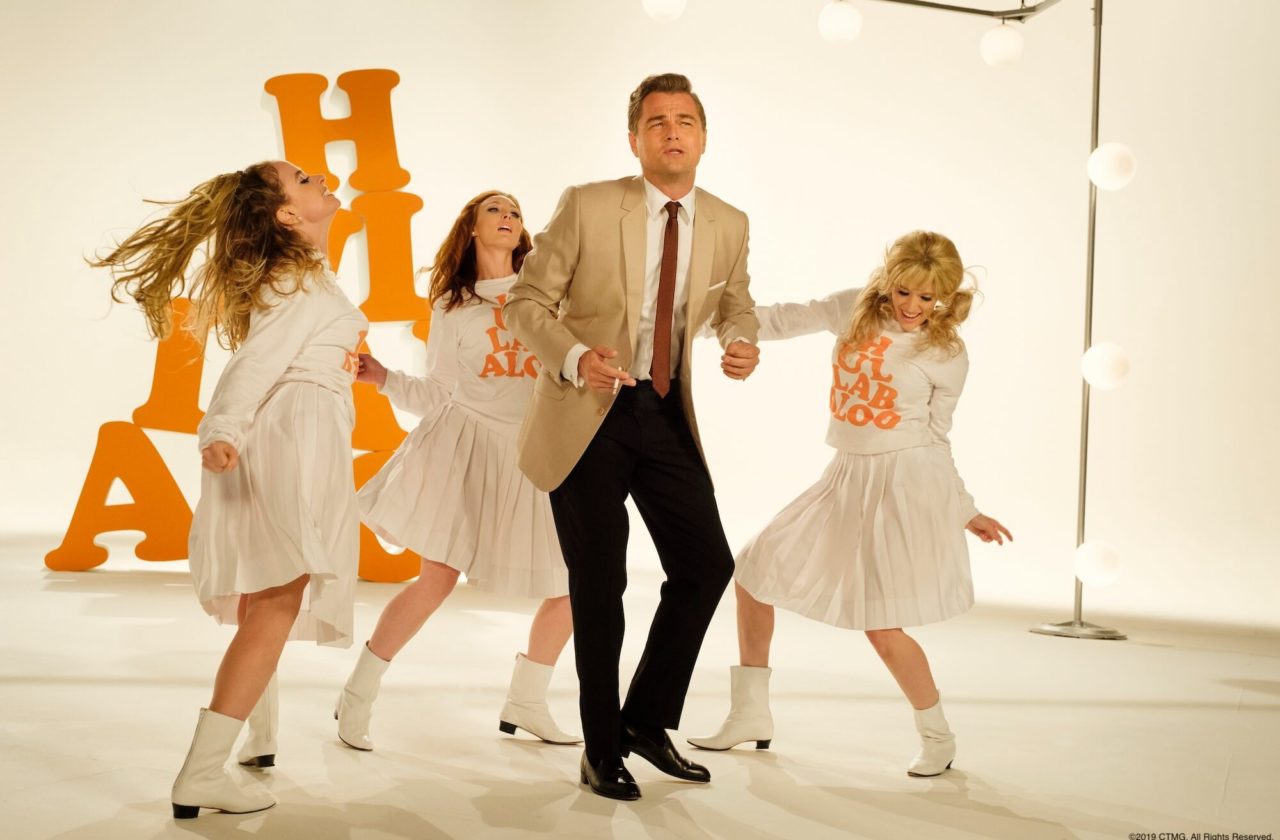‘Once Upon a Time in Hollywood’ Review

Quentin Tarantino’s highly anticipated ninth film, Once Upon a Time in Hollywood, is a lengthy sunlight-saturated fairytale at 2 hours and 45 minutes set within the heart of Hollywood in the 1960s.

Built largely around the Manson family murders and other real-life events, people, and culture, the film tells the story of actor Rick Dalton (Leonardo DiCaprio) and his stuntman, Cliff Booth (Brad Pitt). Once the star of a popular Western television show, Rick is now an actor at odds with his career. He’s losing relevancy following his failure to break into feature films and his refusal to change his clean-cut look for a shaggier style that fits the times. Cliff is also struggling to find work due to his poor reputation and is more Rick’s gopher than a stuntman. Regardless of their respective situations, the inseparable pair remain wildly funny as we follow their routines and escapades. Tarantino showcases a masterful maturity and careful restraint in comparison to his other films as he slowly builds a story around their friendship and interactions around town.

Rick’s new neighbors on Cielo Drive are budding starlet Sharon Tate (Margot Robbie) and her husband, director Roman Polanski (Rafal Zawierucha). Sharon is the third crucial character in the story. As famously noted at the Cannes Film Festival, Robbie has little dialogue and few scenes (this has since been remedied with the addition of more footage). We only get glimpses of Sharon’s life, but they are imbued with such a joy and sweetness that it’s impossible not to smile while watching her dance to records or go watch her own film on a whim. It would have been delightful to spend more time with the character, especially as the story centers around the real-life actress and her murder at the hands of the Manson cult. The way she was written in is an ode to Tate nonetheless, especially the decision to play the real footage of the actress in The Wrecking Crew as opposed to recreating scenes with Margot Robbie.
We must not forget that this is a fairytale, an edited version of Hollywood and history with our lovable duo thrown into the mix. The anticipation builds during the last act of the film on August 9, 1969, as Rick and Cliff reunite for one last hoorah. The clock begins ticking, with time stamps popping up on-screen and our narrator guiding us through the events of the day. The graphic violence that Tarantino’s films are known for takes place here, though not in the way you expect.
Once upon a time in Hollywood, Rick Dalton lived next to Sharon Tate and Roman Polanski and often invited his best friend Cliff over. On the night of August 9, 1969, when three members of the Manson family sought to kill everyone in the Polanski residence, plans changed when Rick interfered. Since the members entered Rick’s house instead, it was Cliff, his dog, and Rick who saved the day. Sharon Tate and the other inhabitants of her house were unharmed. She even invited Rick up for drinks. All was well in Hollywood. The end.

While it’s a wild and violent ride from start to finish, it would have been even more significant if Sharon and her friends took part in rewriting history and saving themselves, as opposed to following the “if only these two men had been there, this wouldn’t have happened” idea. This would have made the revenge on what truly happened even better. It’s also strange how comedic the killing of the members became. Perhaps it lifts from the horror of what really happened by exaggerating this act of revenge, though it is unsettling.
The ending though is bittersweet. It’s what should have happened, what could have happened, and what happens when you begin the story with “once upon a time.”
What did you think of the film? Did you have a favorite scene? Discuss in the comments below!